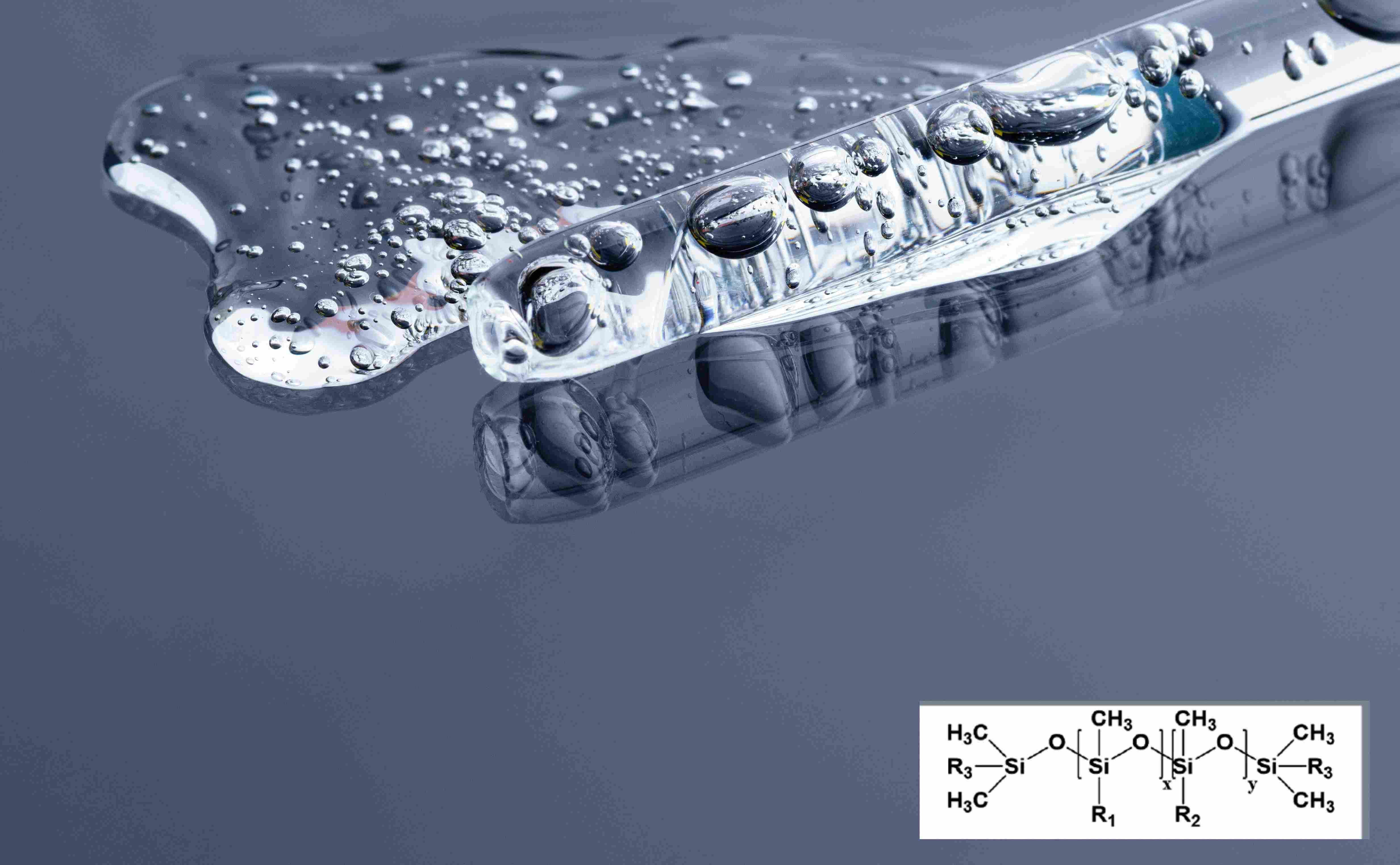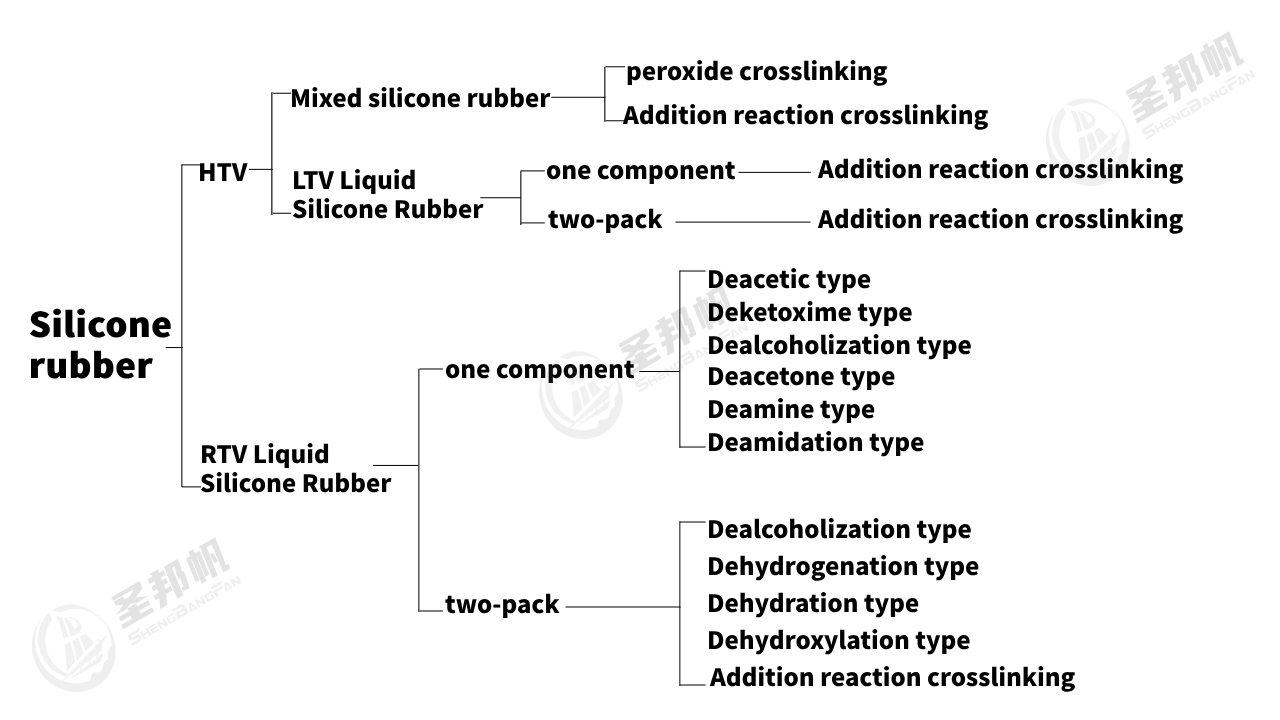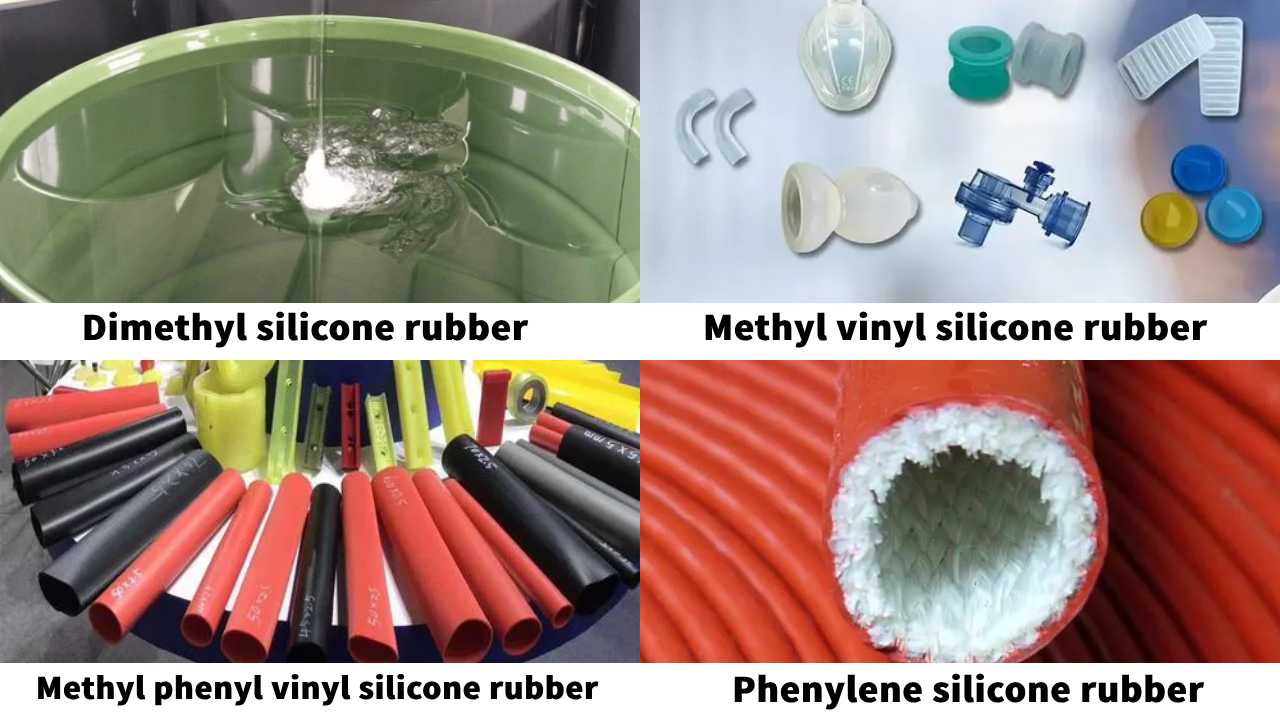Liquid Silicone Rubber (LSR) Detailed Explanation

Liquid silicone rubber (LSR) is a high-performance synthetic rubber that has attracted much attention for its excellent properties and wide applications. Silicone rubber uses linear polysiloxane as the base polymer (raw rubber), and forms an elastomer by adding crosslinking agents, reinforcing fillers and other compounding agents, and then compounding and vulcanizing.
1. Silicone rubber is classified into two categories according to its commodity form:
Silicone rubber is divided into two categories according to its commodity form: compound silicone rubber and liquid silicone rubber. Compound silicone rubber, also commonly known as hot-vulcanized silicone rubber, is a base material composed of linear polysiloxane with high polymerization degree (5000~10000 siloxane structural units) combined with reinforcing fillers, incremental fillers and additives that impart various properties. When used, it is combined with a vulcanizer, formed and vulcanized into products. Because it has the same operation process as general organic rubber, such as roller plasticization, compounding with a vulcanizer, and sheeting, it is called compound silicone rubber.
Liquid silicone rubber is different from compound silicone rubber. It is a self-leveling or thixotropic base material made of linear polysiloxane with medium polymerization degree as the base polymer, fillers, various auxiliary agents and additives. It is generally used without large-scale processing equipment. It can be extruded, injected, coated according to the type and purpose, and then vulcanized in the atmosphere or under heating to become an elastomer.

2. Application fields of liquid silicone rubber
(1) Thermal protection field
Thermal protection system (TPS) materials play an important role in the aerospace industry. TPS materials are used to manufacture insulation layers to protect missiles, warheads, probes and spacecraft from the extreme temperature rise encountered when entering the planetary atmosphere.
Silicone rubber-based ablative composites are ideal materials for SRM (solid rocket motor) and ramjet propellants. At present, silicone rubber-based ablative composites have been widely used in TPS, among which polydimethylsiloxane is a common matrix material. Due to the diversity of silicone rubber side groups, the ablation resistance can also be optimized by modifying it, or by using fillers to improve the ablation resistance.
(2) Compatibilized thermoplastic elastomers
It is well known that polysiloxane is highly incompatible with other polymers due to its non-polarity and strong hydrophobicity, which limits the processing of blended materials. The development of new composite materials by compatibilizing polysiloxane with thermoplastic elastomers can be used in the application of advanced materials. At present, many methods such as block copolymer expansion, interpenetrating polymer network (IPN), in situ expansion and nanoparticle expansion have been applied to silicone rubber/thermoplastic elastomer system.
(3) Application in other fields
Biomedical materials
The special molecular structure of silicone rubber has attracted extensive discussion and research by many medical personnel, and a series of modifications have been made to meet the requirements of biological application fields for material antibacterial properties, low bacterial adsorption and inhibition of surface bacterial growth.
Electronic device field
Silicone rubber has the advantages of good thermal stability and electrical insulation. Its dielectric constant can be improved by adding nanofillers such as carbon black, carbon nanotubes, graphene and ceramics, so that silicone rubber-based dielectric composite materials have been widely used in the field of electronic devices.
Flame retardant and fireproof field
Silicone rubber has a low heat release rate and high thermal stability, and is widely used in the field of flame retardant and fireproof. However, silicone rubber also has problems such as low ignition point and flammability when exposed to open flames. Therefore, researchers use different types of flame retardants to fill silicone rubber to improve its flame retardant properties.
3. Production process of liquid silicone rubber
Silicone rubber can be divided into three types based on the cross-linking curing reaction mechanism: condensation reaction type, addition reaction type and organic peroxide initiation type.
According to the different vulcanization temperatures, it can be divided into high temperature vulcanized silicone rubber (HTV) and room temperature vulcanized silicone rubber (RTV). HTV is a linear polysiloxane with a molecular weight of 200,000 to 800,000. Organic peroxide is a commonly used vulcanization aid for HTV, which is cross-linked and cured by free radical reaction; RTV is mainly liquid silicone rubber, with hydroxyl or carboxyl as the end group, and is cross-linked and formed by condensation or addition under certain conditions; addition-type silicone rubber has vinyl groups and silicon-hydrogen bonds (Si-H) on its molecular chain, and can undergo silicon-hydrogen addition reaction under Pt catalysis, thereby forming a three-dimensional network structure.
According to the type of silicone rubber, it can also be divided into four categories: polydimethylsiloxane (MQ), polymethylvinylsiloxane (MVQ), polymethyltrifluoropropylsiloxane (FVMQ) and polymethylphenylvinylsiloxane (PVMQ).

According to different polymerization methods, the preparation of silicone rubber can be divided into condensation polymerization and ring-opening polymerization. Since the ring-opening polymerization method can adjust the molecular weight of the product by adjusting the amount of silicon alkoxide catalyst and end-capping agent, the ring-opening polymerization method is currently widely used in industry and laboratories to synthesize high molecular weight linear polysiloxane. Since there are many problems with cationic ring-opening polymerization, such as more violent reactions, wider molecular weight distribution, more by-products, and more difficult to remove catalysts, anionic ring-opening polymerization is usually used to synthesize silicone rubber.
Anionic ring-opening polymerization is to attack the siloxane ring body at a suitable temperature under the action of hydroxide (alkali metal or quaternary ammonium salt) catalyst to cause ring opening, thereby polymerizing into high molecular weight silicone rubber molecular chains. The preparation of silicone rubber by anionic ring-opening polymerization requires four reaction steps: chain initiation, chain growth, chain transfer, and chain termination. During the polymerization process, various chemical reactions can occur simultaneously and reach equilibrium, and finally obtain high molecular weight polysiloxane elastomers.
IV. Summary
Liquid silicone rubber has become an indispensable material in modern industry and consumer products due to its unique properties and broad application prospects. Whether in medical, automotive, electronics or daily life, LSR has demonstrated its excellent performance and reliability. With the continuous advancement of technology, the application field of liquid silicone rubber will be further expanded and is expected to play a greater role in the future.
